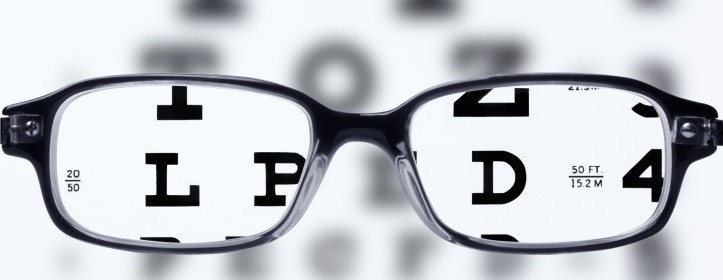Nearsighted children becoming more common

A major new study shows more American children than ever are struggling with myopia, or near-sightedness. A problem pediatric ophthalmologist Dr. Phoebe Lenhart at the Emory Eye Center says they typically see in adults, but not kids.
“Myopia or near-sightedness is a condition where you can see things clearly up close but you have trouble seeing at a distance,” says Dr. Lenhart.
The Multi-Ethnic Pediatric Eye Disease Study finds childhood nearsightedness has more than doubled in the U.S. in the last 50 years. Researchers at The University of Southern California say the rates of myopia are highest in African-American and Asia-American children, though it’s not clear why.
Dr. Lenhart says this study reflects a troubling trend in Asia, where as many as 90% of adults need glasses – or contacts – or refractive surgery to see distances.
“It is concerning. Right now there is no cure for myopia. We can slow its progression. At this time there’s no cure.”
But, why are more American kids near-sighted? One theory is they’re spending more time staring at a computer screen — and less time outdoors, where they’re more likely to use both their close and distance vision. Dr. Lenhart says the science isn’t so clear.
“There’s no actual evidence that screen time causes the progression of near-sightedness. But there have been recent studies of large numbers of children showing that outdoor activity can be beneficial,” she adds.
Dr. Lenhart recommends kids get a “healthy” balance between their gadgets and the great outdoors.
The benefit for outdoor activity has been shown for about 2 hours of outdoor activity a day, or 14 hours a week.
Really there has been no recommendation as far as screen time goes, except that the American Academy of Pediatrics recommends no screen time for children younger than two.

 Print
Print